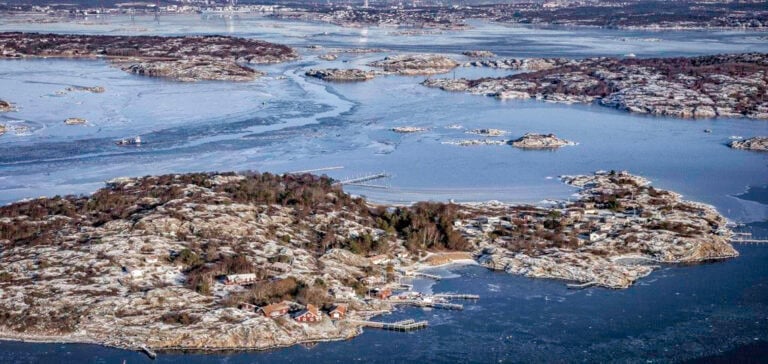Volvo Cars and Eolus join forces and collaborate on the Västvind offshore wind project, located off the coast of Gothenburg. This strategy is based on the ambitious vision of supplying electricity to Volvo Cars’ operations on the island of Hisingen. Indeed, the Västvind wind power project is set to play a key role in the company’s energy transition, notably by supplying the new battery plant being built with Northvolt, through the Novo Energy joint venture.
A clear goal for a sustainable future
At a time when the world is facing an unprecedented climate crisis, Volvo Cars has made strong commitments to sustainability. The company aims to sell only fully electric cars by 2030, which requires a holistic approach to reducing its carbon footprint. This includes not only emissions linked to vehicle use, but also those generated by the production of cars and their batteries.
Johan Lannering, Head of Strategic Collaborations at Volvo Cars, underlines the importance of this initiative with these words: “By committing to using electricity generated by offshore wind outside Hisingen, we aim to ensure our access to locally produced renewable electricity at a reasonable cost.”
A strategic partnership
This partnership with Eolus, a major player in wind power in Sweden, is fully in line with Volvo Cars’ strategy. Per Witalisson, CEO of Eolus, shares this enthusiasm, saying: “We are delighted to be partnering with the leading industrial company in western Sweden. Volvo Cars has a very clear goal of becoming fully carbon neutral by 2040. Being part of this journey is strategically important for Eolus, and Västvind can make a tangible contribution to Volvo Cars’ transition.”
One of the reasons why this project is so crucial is the current situation in Västra Götaland county. Demand for electricity is set to almost double by 2030, and there is already a shortage of power generation. Johan Lannering explains: “The conditions in western Sweden require us to act now to establish a new electricity supply and at the same time secure our own supply of renewable electricity in the future. What’s more, this transition will create many jobs in the region’s automotive industry.”
Huge wind power potential
The Västvind wind power project, with a planned capacity of 1,000 MW, has enormous production potential: it could generate between 4 and 4.5 TWh of renewable electricity annually. To give a more precise idea, this is equivalent to the current electricity needs of the entire city of Gothenburg. The ambition is to complete the project in 2029, subject to the necessary approvals.
It’s important to note that offshore wind power is the only energy source capable of meeting the region’s growing demand for electricity by 2030. Western Sweden’s ambitions to become a major hub for electrified vehicles, battery manufacturing and climate-friendly port logistics cannot be realized without a substantial increase in locally-produced renewable electricity.
In conclusion, the collaboration between Volvo Cars and Eolus on the Västvind offshore wind project represents a significant step towards achieving Volvo Cars’ environmental and energy objectives. The transition to locally-produced renewable electricity is crucial to meeting growing energy demand while reducing the company’s carbon footprint. In addition to its ecological dimension, this initiative should create job opportunities in the region’s automotive industry. Offshore wind power is positioning itself as a key solution for the energy future of western Sweden.






















